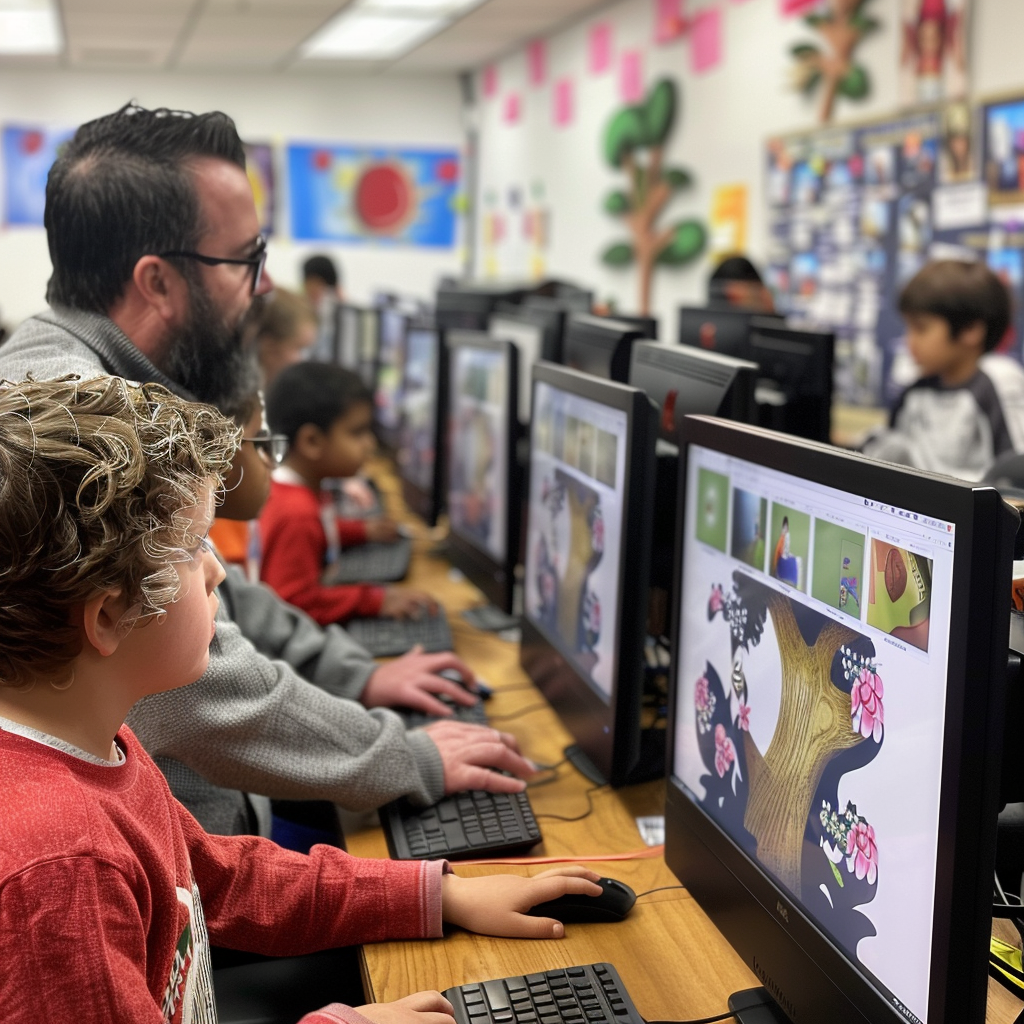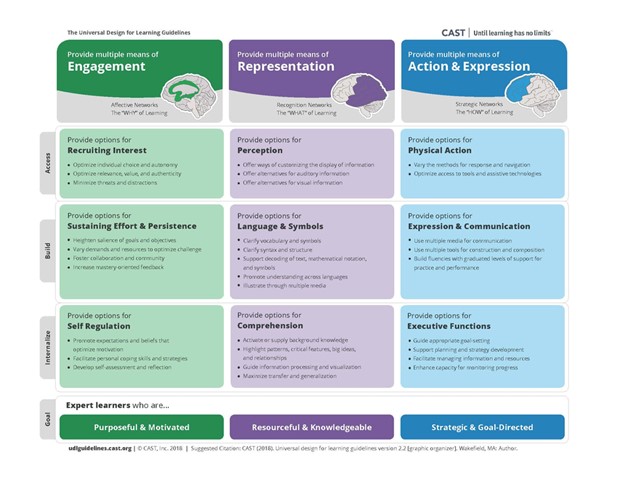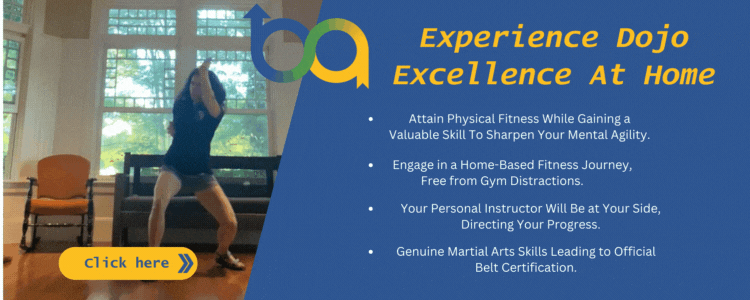 When we embark on the journey of education and skill development with inclusivity at the forefront, it’s imperative to explore various dimensions: from the content we deliver as instructors to the methodologies we employ and the resources we provide.
When we embark on the journey of education and skill development with inclusivity at the forefront, it’s imperative to explore various dimensions: from the content we deliver as instructors to the methodologies we employ and the resources we provide.
Assessing these differing facets ensures that we not only consider what we teach but also how we teach it, creating an environment where every learner can thrive: neurotypical and neurodiverse.
Recognizing the disparity and true lack of inclusive learning within education, a team of 5 clinicians created CAST (Center for Applied Special Technology) in 1984 and eventually created the Universal Design for Learning (UDL) framework.
UDL was not only conceptualized to create instructional guidelines for those with learning challenges but also to revolutionize traditional learning through technology and transform the landscape of education and skill acquisition.
At its core, UDL is a foundation rooted in the belief that education should be accessible to all, regardless of individual differences in learning styles, abilities, or backgrounds. Developed to address the diverse needs of learners, UDL emphasizes flexibility and customization in instructional design.
We will explore the roots and principles of UDL, revealing its creation, pivotal role in equitable learning, and profound impact on neurodivergent learners. Finally, you’ll discover how Believing Through Achieving applies UDL to empower aspiring martial artists.
Origins of UDL
There were signs in 1984 of a growing retreat from fairness and equal opportunity.
Fred M. Hechinger, New York Times
In 1984, when CAST was conceived and the UDL guidelines began taking shape, improving education/skill development was not a high priority for much of the United States…let alone focusing on inclusivity.
As reported by the NY Times (Hechinger, 1985), students across the country were falling through the cracks at alarming rates. This was exacerbated by various factors, including the misallocation of over $12 million dollars in funds earmarked for education in the state of New York and the apparent disregard by presidential candidates for the prior year’s national commission warning about the critical state of education, which it deemed as “putting the nation at risk” (Hechinger, 1985).
The disparity and lack of opportunity that was so widely seen during this time prompted five clinicians from North Shore Children’s Hospital in Massachusetts to create CAST. CAST’s original focus was to integrate budding technology into the world of education and make the learning process more inclusive for children of all abilities and backgrounds (CAST, 2024).
Through partnerships with Apple, CAST created a “Learning Lab” in 1985 where students could elevate their learning experiences through computer programs and evaluations tailored to their specific needs. Unfortunately, many schools were unable at the time to implement these programs due to lack of resources and instead, CAST personally consulted with teachers and administrators to improve accessibility across the board (CAST, 2024).
The following year in 1986, CAST became an independent nonprofit organization and partnered with Harvard University to hold a one-week summer conference (UDL-Con) where teachers are trained to use computer-based tools  for their students with learning challenges. This summer conference became an annual event which still continues to this day (after a brief hiatus).
for their students with learning challenges. This summer conference became an annual event which still continues to this day (after a brief hiatus).
Between 1986 and 1990 when the federal Individuals with Disabilities Education Act was implemented, CAST worked tirelessly on software and digital materials to enhance the educational realm for students of all abilities.
Even beyond 1990, CAST continued to make their mark through partnerships with various notorious universities and well-known corporations like Scholastic, landing their founding members several different prestigious awards and federal recognition.
CAST still demonstrates their commitment to inclusivity in education today through the Center for Innovation, Design, and Digital Learning which aims to improve the use of technology for special education and beyond (CAST, 2024). With the UDL framework established and accepted in many institutions, it’s important to truly understand why traditional education doesn’t work for everyone and how we as instructors/facilitators can implement its concepts for a more thorough and equitable education experience.
Why It’s Revolutionary
Traditional education spends much of its energy catering to neurotypical learners: students are expected to listen to long lectures or focus their attention on mundane assessments while adhering to the standards of their peers. It’s no secret that in many traditional institutions across the country, teachers are struggling to manage large classrooms full of diverse learners without the resources they need to properly instruct these students (Flannery, 2023).
In the skill acquisition sect, classes are also large with few resources to support them – not to mention many individuals with financial challenges struggle with taking classes multiple times per week. We have personally witnessed families that had to make a choice between martial arts classes for their children or other more pressing obligations.
So, what are the specific reasons that traditional education is falling behind as a first option in both school and skill acquisition? Students often struggle in traditional education for a variety of reasons:
- Lack of Engagement
- Inflexibility
- Lack of Relevance (LinkedIn, 2023)
When learners do not find value within their curriculum, do not have the ability to engage (this can be anything from hands-on work to working with a group of peers), are unable to use supplements/tools that assist their learning, and don’t see the relevance of the content, it’s inevitable they will struggle.
The UDL guidelines address these challenges, and state that for effective instruction, you must provide:
- Multiple means of engagement (THE WHY)
- Multiple means of representation (THE WHAT)
- Multiple means of action and expression (THE HOW)
As you can see by the chart below, a UDL framework is built upon establishing the value of the content and presenting it in various ways that each learner can comprehend, retain, and build upon it.
The origins of CAST and the UDL were founded within the field of technology, and technology emerges as a potential equalizer for neurodivergent learners, offering tools and resources that cater to their diverse needs and abilities. When utilizing these supplementary tools, instructors can bridge the gap between the different learning styles and what each student requires to remain engaged and motivated.
By leveraging technology as an asset, educators can create inclusive learning environments that accommodate the varying needs of neurodivergent learners, promoting active participation, meaningful engagement, and providing opportunities for representation and self-expression. However, while technology holds promise in creating a more equitable learning environment for neurodivergent learners, its effective integration can remain an issue, especially for schools and students that are within an economically challenged district.
Implementing UDL at BTA
The team at Believing Through Achieving (BTA) recognized this gap in education and skill development for neurodivergent students and created the first ever online martial arts library and learning platform designed for all learners and learning styles.
Through our non-profit and the generosity of donors, we can offer our program to many economically challenged institutions who otherwise would be unable to afford the multitude of benefits from implementing tools like ours. As we mentioned earlier, the innovative thinking from CAST was restricted from being widely distributed shortly after its inception due to technological roadblocks and financial resources. Today, through our nonprofit, we can bypass those roadblocks because our program is 100% online and easily accessible, not to mention partially funded through awards given by those who support us.
We found in over three years of research that our existing students flourished within an online program that not only intrinsically motivated them through our gamified learning challenges, but also retained their interest and encouraged them to set further goals. Because our platform is designed to appeal to all learning styles, students were more successful over time online than in person.
Click Here to see our study and its results!
From adapting techniques to accommodating diverse learning preferences to leveraging technology for enhanced accessibility, UDL principles can seamlessly integrate into any instructional approach, as we have shown at BTA, promoting inclusiveness and empowerment for all learners.
To integrate Universal Design for Learning (UDL) principles into classes or skill development programs, educators and instructors can adopt a multi-faceted approach that addresses the diverse needs and preferences of all learners.
Firstly, providing multiple means of engagement involves offering varied content formats, interactive activities, and opportunities for personalization to capture learners’ interests and motivations. As the UDL graphic describes, it is vital when teaching neurodivergent students for instructors to break down information into smaller pieces and offer multiple ways to absorb it. Our platform takes each individual lesson and offers several different ways to learn it: watching a session that demonstrates the concept, mimicking the lesson yourself, and even supplementary classes that describe the value of what you’re learning and why it’s important.
 Next, facilitating multiple means of action and expression involves offering flexible assessment methods, allowing learners to demonstrate their understanding and mastery of skills through various modalities like practical demonstrations. Because our platform is built upon the premise of mimicry (students watch their assignment, then mimic the actions to receive their grade and move up the ranks), our curriculum supports the concept of self-expression, perception, and comprehension.
Next, facilitating multiple means of action and expression involves offering flexible assessment methods, allowing learners to demonstrate their understanding and mastery of skills through various modalities like practical demonstrations. Because our platform is built upon the premise of mimicry (students watch their assignment, then mimic the actions to receive their grade and move up the ranks), our curriculum supports the concept of self-expression, perception, and comprehension.
Finally, as the UDL graphic shows, it’s important to offer opportunities to fine tune and work on executive functions – memory, flexible thinking, and self-control. Martial arts by nature are curriculum that is comprised of recalling movement, learning adaptive behavior, and self-discipline. When we combine these activities with flexible, anytime instruction online, the possibilities for improvement are numerous.
By embracing these UDL principles, it’s easy to see how instructors can create inclusive learning environments that empower learners to access, engage with, and succeed in their educational and skill development pursuits.
In the journey towards inclusive education and skill development, the Universal Design for Learning (UDL) stands as a beacon of innovation, offering a framework that supersedes traditional boundaries to embrace the diverse needs and abilities of all learners. As we’ve traced the origins of UDL from its inception with CAST in 1984 to its transformative impact today, it’s evident that its principles have revolutionized educational landscapes, particularly for neurodivergent learners who have long been marginalized in traditional settings.
The roots of UDL lie in a recognition of the systemic disparities within education, where students were often left behind due to a lack of resources and support. CAST’s pioneering efforts, initially focused on integrating technology into education, laid the groundwork for a shift towards inclusivity. Through partnerships, advocacy, and relentless dedication, CAST has continued to champion accessibility in education, ensuring that the principles of UDL reach classrooms and learners worldwide.
UDL’s revolutionary approach addresses the shortcomings of traditional education by offering multiple means of engagement, representation, and action/expression. By providing diverse pathways for learning and assessment, UDL empowers learners to thrive on their terms, regardless of their learning styles or backgrounds. This inclusivity is not only vital for equitable education but also essential for fostering a society where every individual can contribute and succeed.
At Believing Through Achieving (BTA), we’ve witnessed firsthand the transformative power of UDL in our online martial arts program. By leveraging technology and embracing UDL principles, we’ve created a platform that caters to all learners, offering personalized, engaging experiences that foster skill development and empowerment. Through our commitment to accessibility and innovation, we bridge the gap in education and skill development, ensuring that every individual can reach their full potential and without concern for financial constraints.
As we look to the future, integrating UDL principles into education and skill development is not just a choice but a necessity. By embracing flexibility, personalization, and inclusivity, we can create learning environments where every learner feels valued, supported, and empowered to succeed.
References
CAST. (2024). Timeline Innovation. About Us. Retrieved from https://www.cast.org/impact/timeline-innovation
Flannery, M.E. (2023) Class Sizes: A Growing Issue Among Educators. National Education Association. Retrieved from https://www.nea.org/nea-today/all-news-articles/class-sizes-growing-issue-among-educators
Hechinger, F. (1985). About Education; A Glance Back to 1984. New York Times. Retrieved from https://www.nytimes.com/1985/01/08/science/about-education-a-glance-back-to-1984.html
LinkedIn. (2023). 5 Reasons Why Traditional Education Doesn’t Work Today. Retrieved from https://www.linkedin.com/pulse/5-reasons-why-traditional-education-doesnt-work-todays-students-#:~:text=In%20conclusion%2C%20traditional%20education%20methods,future%2C%20and%20lack%20of%20relevance.


